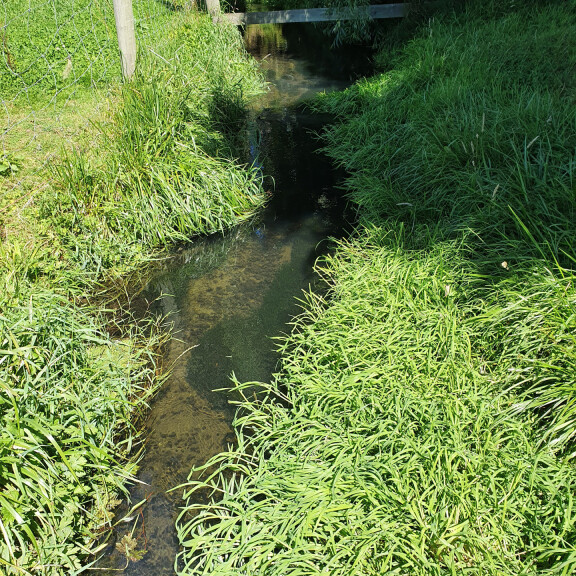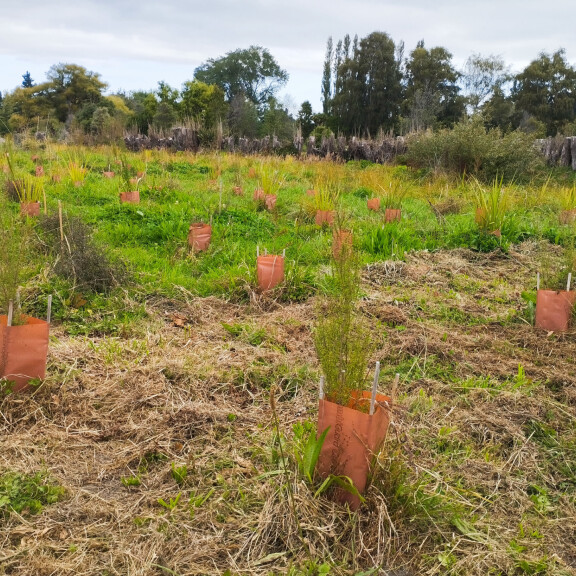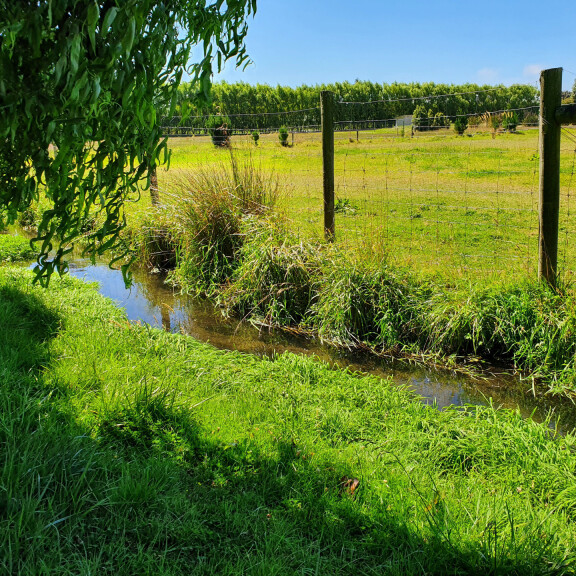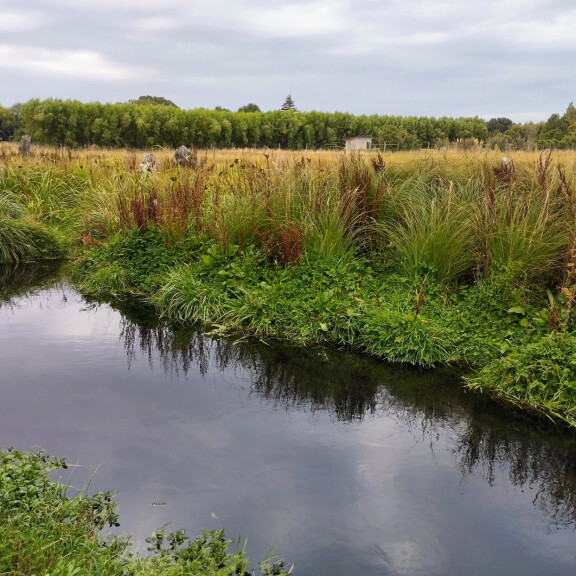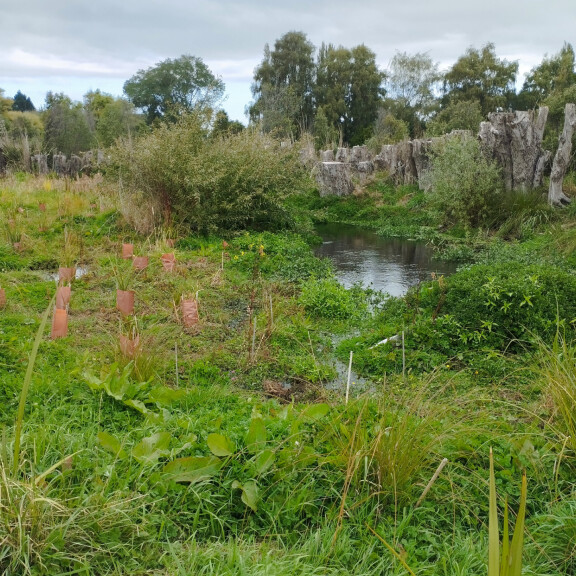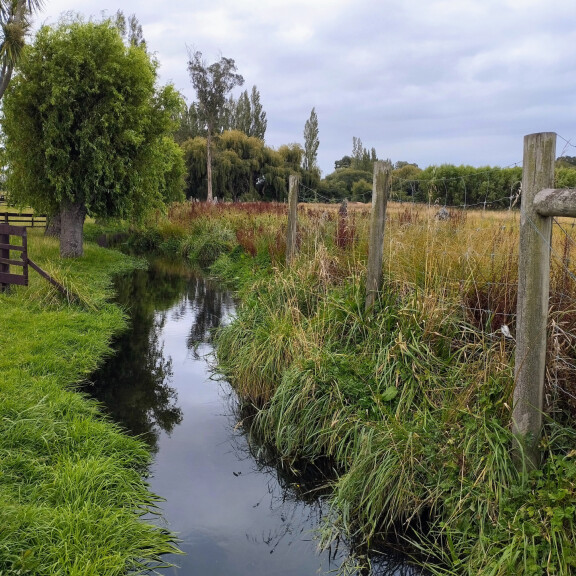New esplanade reserve walkway along Kaputone Creek
An Overseas Investment Office (OIO) decision adds a crucial piece of public access to Christchurch’s goal of enabling people to walk from the source of the Pūharakekenui (Styx) River to the sea.
Three years ago, the OIO gave Coca-Cola European Partners consent to own nearly five hectares of land in Ouruhia, Christchurch. The OIO granted consent on the condition that Coca-Cola create a 20-metre-wide esplanade reserve along the boundary of Kaputone Creek. The esplanade reserve would be vested in the Christchurch City Council and contain a public walkway. The OIO also required Coca-Cola to create a 5-metre-wide access strip from Marshland Road to the esplanade area. These requirements arose from recommendations Herenga ā Nuku Aotearoa made to the OIO before the land transfer.
Last month, Land Information NZ registered the titles and confirmed the creation of the esplanade reserve and access easement.
Kaputone Creek is one of two main tributaries that flow into the 24 km-long Pūharakekenui River. Pūharakekenui flows to the Pacific Ocean, north of Christchurch, via Brooklands Lagoon and the Waimakariri River.
Before Europeans settled Christchurch, the Pūharakekenui River and its tributaries were surrounded by extensive wetlands. The council plans to restore the environment and create a ‘Source to Sea’ walkway network. Twenty years ago, the council noted that most of the river was hidden within private property and only visible from sections of the road. Source to Sea’s goal is to enable people to experience and learn about the river through a continuous walkway along its length. The plan includes developing a network of walkway routes, boating facilities, cycleways, interpretation material, education resources and recreation facilities.
Herenga ā Nuku’s Canterbury Field Advisor Geoff Holgate says he consulted Antony Shadbolt, Team Leader Biodiversity, Christchurch City Council, then advocated for the esplanade area because it is a crucial link in the Source to Sea network.
“On its own, the reserve gives people important access to the creek, but combined with other public access, it will create a long pathway that Cantabrians can walk, bike and picnic on,” says Holgate.
Since the OIO’s consent in 2021, the Styx Living Laboratory Trust has been working with Coca-Cola to plant the entire riparian margin of the new esplanade reserve as a native forest (as well as providing access).
The creek is home to tuna (longfin eel) and kanakana (lamprey), both of which were identified by the Department of Conservation (DOC) as At Risk – Declining. Longfin eels only live in New Zealand. DOC notes that lamprey are ancient fish that have existed for over 360 million years. There are 38 known species worldwide, but only one is found in New Zealand. They both benefit from native planting along stream banks, which provide shade and food and filter pollutants from entering the stream. Thus, riparian planting is vital to their survival in Kaputone Creek.
Holgate says that good public access is an important tool for restoring biodiversity and water quality.


